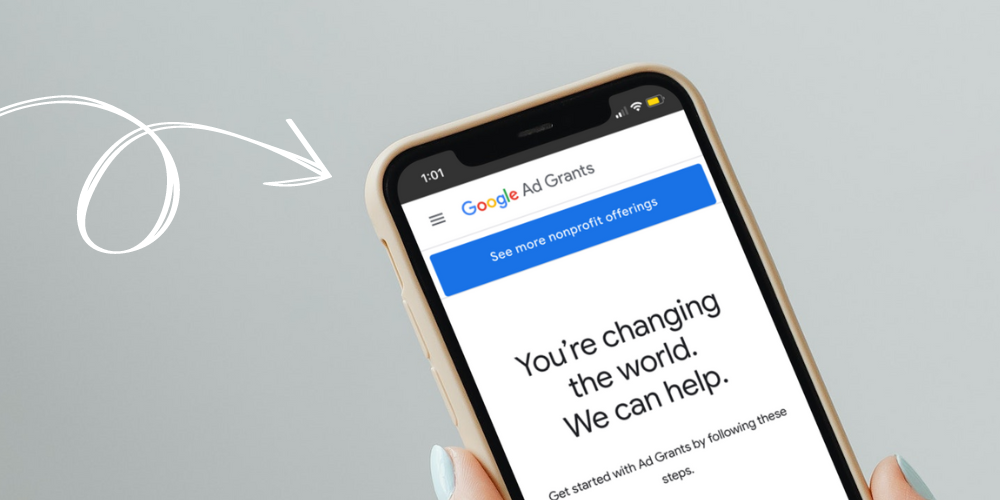
Nonprofit growth: Marketing strategies to evolve + thrive in a changing world
The social and economic landscape is constantly evolving and, like any other sector, nonprofits must change with it. Our missions require us to be adaptable and responsive as we seek to solve society's greatest challenges. Let’s dive into some practical strategies purposeful marketers can implement to stay ahead of emerging trends, adapt to new circumstances, and effectively navigate shifts in the external environment.
Inspiration for this post came from a recent interview with Cameron Bartlett. Cameron is a true nonprofit marketing innovator. He’s the Vice President of Performance Marketing at Stop Soldier Suicide and the founder of Future Food. He’s led award-winning digital marketing and fundraising campaigns for social good, and he’s a fractional chief marketing officer who has worked with nonprofits like New Story, International Justice Mission, Compassion International, CURE and World Vision. Cameron’s experience gives him a unique lens on innovation in the nonprofit sector.
1) Build Donor Journeys
A comprehensive donor journey goes beyond merely acquiring donors. Instead, innovative organizations invest in each stage of the journey, from creating awareness to donor retention. By strategically moving individuals from being aware of the cause to becoming recurring donors, nonprofits can establish a more sustainable and engaged donor base. Cameron highlights the need to make it easy for donors to take the next step, whether it's opting in, providing contact information, or making a donation.
2) Experiment
Cameron shared examples of successful experiments, such as offering donation matches at the point of conversion and providing downloadable content to engage leads immediately. He encourages nonprofits to experiment with various elements like content type, length and tone to optimize engagement. The goal is to find ways to accelerate the donor journey, making it easier for individuals to connect with and support the cause.
3) Ask Clearly
It is important for nonprofits to ask supporters for the actions that would be most valuable to the organization. By providing guidance on how individuals can contribute, nonprofits empower supporters to take meaningful actions. The key is to be imaginative and guide potential donors on what steps they can take to support the cause effectively.
Looking ahead, Cameron sees the trend of giving supporters ways to be involved with an organization without making a financial contribution as crucial. Leveraging the influence of individuals to mobilize support and create a sense of community can be a powerful strategy. Cameron emphasizes the need to focus on building a loyal community that can become the organization's best marketing strategy.
4) Apply Fast-Growing Company Mindsets
Applying digital marketing strategies from fast-growing companies to nonprofits can lead to innovation. By adopting intentional customer journey creation and optimization practices, nonprofits can learn from successful business models and apply them to their fundraising efforts. Stop Soldier Suicide treats its various initiatives, such as Facebook fundraisers and monthly donor programs, as individual products. This approach allows for focused attention and care for each initiative, tailoring strategies to specific audiences and needs. Cameron highlights that even small nonprofits can benefit from treating their different marketing efforts as distinct products.
5) Measure + Report Results
Measuring and tracking conversion rates at each stage of the donor journey is vital because it helps you understand the effectiveness of your efforts. Metrics such as time between decisions, learning from campaigns, and holistic outcomes across channels are crucial to inform adaptation. Cameron stresses the importance of reporting both successes and areas of improvement to foster innovation and build trust within the organization.
In summary, innovation is a catalyst for positive change in the nonprofit sector. Leaning into change will allow organizations to evolve and thrive in a shifting world. As purposeful marketers, we can embrace these ingredients for innovation to position our organizations for success regardless of what the future holds.
You May Also Like
These Related Stories

Beyond cookies: Embracing innovation in digital marketing

How to reach a new generation of volunteers and donors
